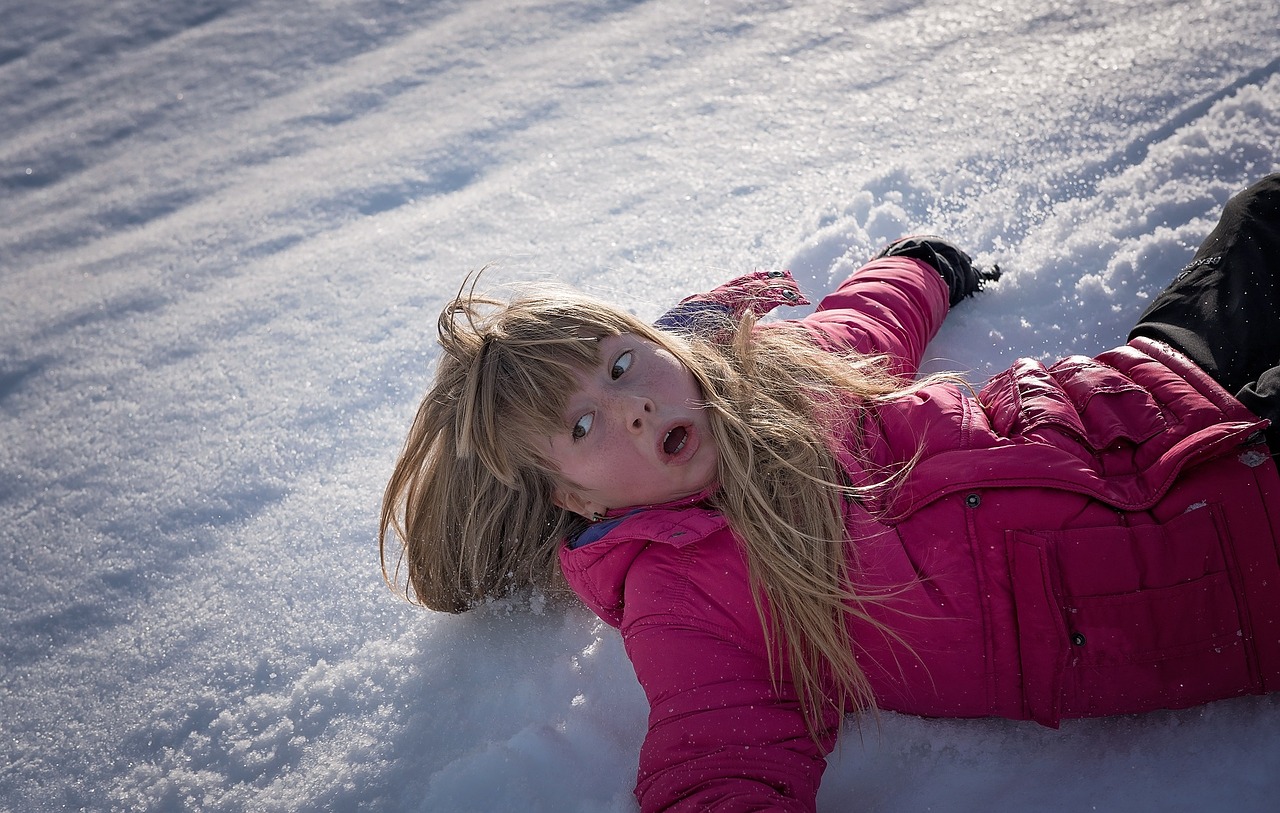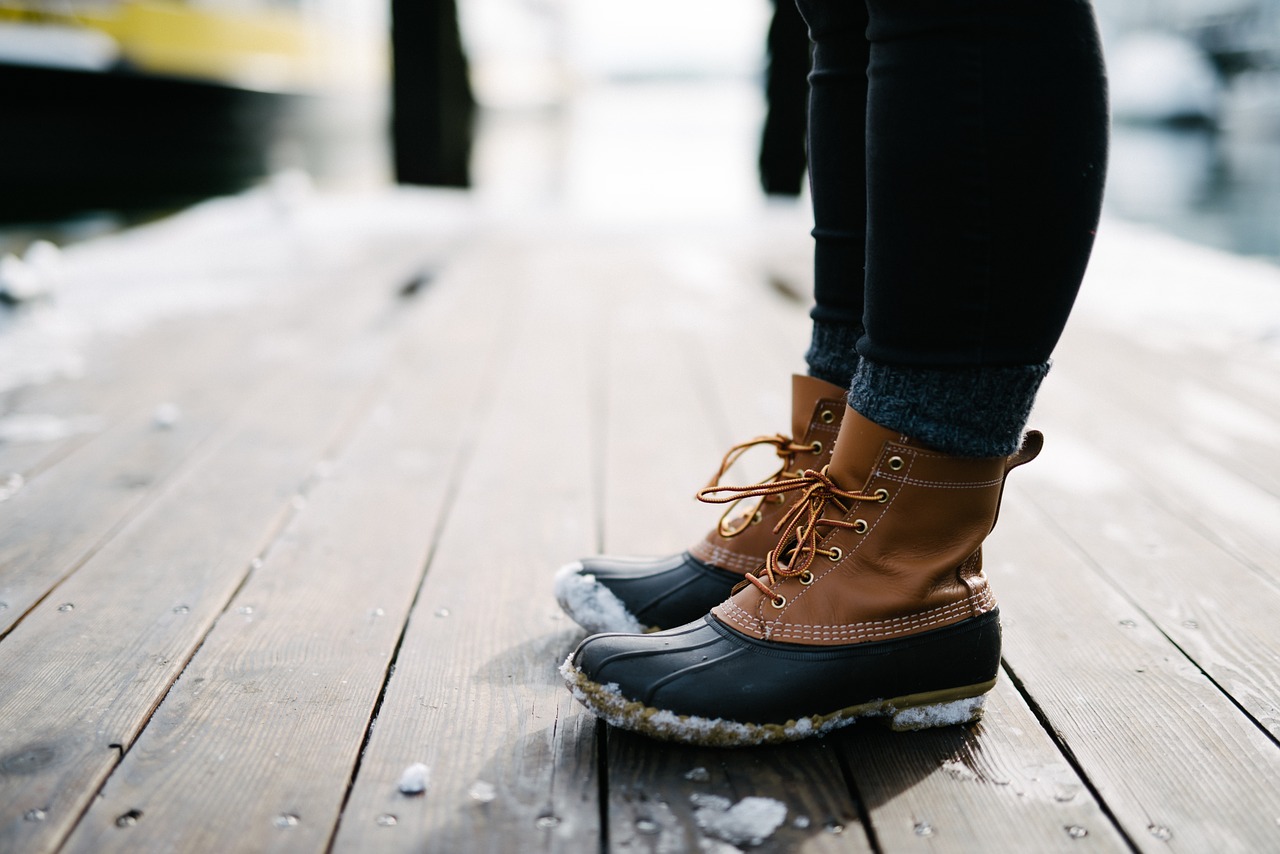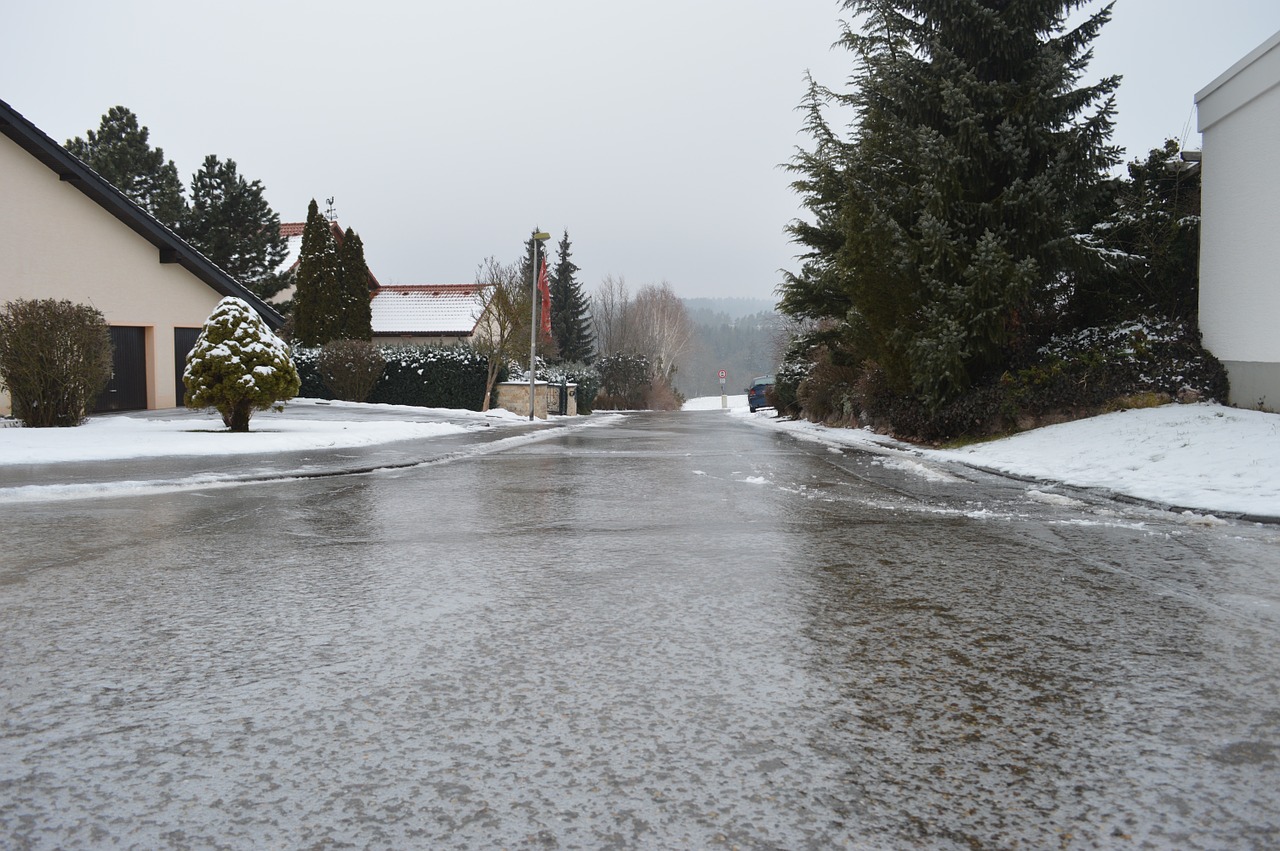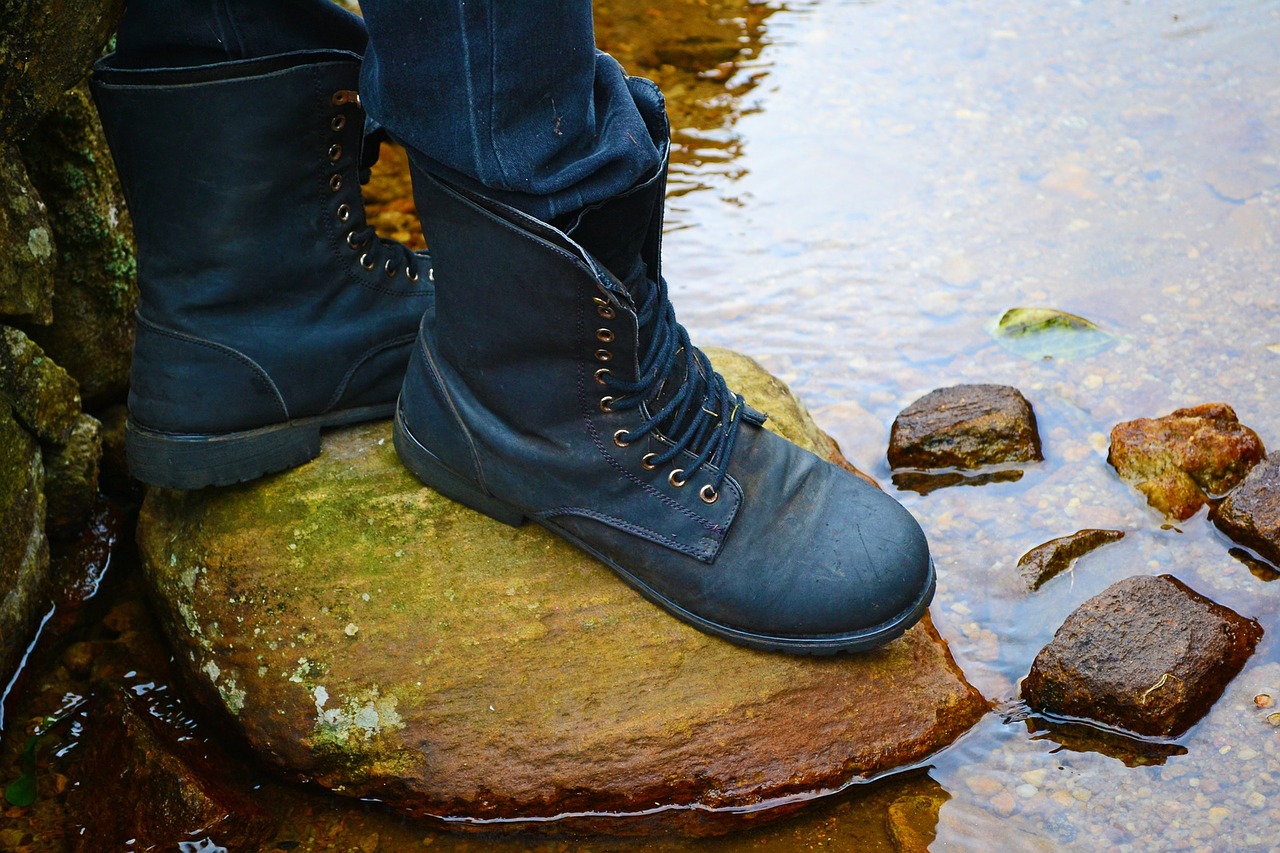Tips to Walking Safely in Slippery Conditions
Walking during the winter requires special attention and concentration to avoid slipping and falling. Some of the most frequent accidents that occur during the winter months are due to people slipping and falling.

In the winter, slippery surfaces are unavoidable and you’re going to encounter them no matter how well the snow and ice have been cleared.
The pavement at the entrances of most establishments have a tendency to become very slippery, even more so than sidewalks and parking lots and it is vital for everyone to be aware of these dangerous conditions and learn to deal with them.
Sidewalks and roads can be salted or gritted to help, but that’s up to other people. There are a few things that you can do to help yourself.
Here are a few safety tips to keep in mind:
What You Wear
During the winter, avoid boots, shoes or sneakers with smooth soles and heels, such as plastic and leather, especially in bad weather. Instead, wear boots or shoes that provide traction on snow and ice; boots and shoes made of non-slip rubber or neoprene with grooved soles are best.

It’s also worth looking at your shoes because even the best grippy shoes get worn down so don’t assume the sole of your shoes is good.
In the winter we often encourage you to use a layering system, that can help here as well as it creates more padding in case you slip, if you’re just going a short distance or not layered it’s worth wearing a coat with good padding, every little helps.
Reflective gear is being worn by more and more people, so it’s not such a fashion issue any more so it’s worth considering. If you’ve not got that a bright scarf or hat helps to be seen.

We talked about the layering system above and in other articles, it’s good for regulating your temperature and keeping you warm and dry. Think about what you’re putting on so that you’re warm but you can remove items of clothing so you can cool down if needed, gloves, hats and scarves are all good for helping you stay warm and keeping the chilly wind off of your skin. Don’t cover your head so much you can’t see or hear anything!
Sunglasses are a must if it’s sunny and there’s snow, they help reduce or prevent eye strain from squinting or damage to your eyes from the glare.
Walking Over Ice
When it’s cold you can assume that all wet, dark areas on the pavement are slippery, so it’s best to approach these cautiously. Water vapor and dew can freeze on cold surfaces, forming a nearly invisible, extra-thin layer of ice that can leave you with little grip for walking.

Walk on proper paths and designated routes, these are usually cleared and maintained. There’s always a risk taking short cuts across country when you can’t see what’s under the snow.
I was walking across a field in Newfoundland once so that we could get to the neighbour who’s pickup had got wedged in his drive, the guy I was with suddenly disappeared through the snow (18″ of it) down a well we never knew was there, we got him out fine but he was wet and it was minus 4F so he became an emergency situation that had to be sorted out. So, keep a sharp lookout and watch where you’re walking.
Walk flat-footed and slightly bent over with your center of gravity directly over your feet, this keeps your weight in the right place for your feet to get maximum traction.

Lift your arms out to your sides, this can help maintain your balance. If you are carrying a backpack, your balance will be affected.
Always try to keep your hands free so that you can balance or catch yourself if you start to slip, if you’re carrying things, particularly heavy items you will fall easier and also could be injured by what you’re carrying.
Walking with your hands in your pockets is asking for trouble, it’s unlikely you will get them out in time to help yourself if you start slipping.
Walking with your hands out lowers your center of gravity and improves balance.
If there’s a hand rail use it, particularly if you’re on steps, also place your feet firmly on each step.
When you are getting in and out of your vehicle you’re susceptible to slipping as you change your center of balance, use the hand holds and the car to keep control.
If you find that you’re on a slippery surface shuffling your feet can help keep your balance and helps you feel more secure, it can be tiring though so be careful where you go.
If you have any comments then please drop us a message on our Outdoor Revival facebook page
If you forage for food or have a blog you would like to share about wild food let us know about it on our FB page, we’re also happy for article and review submissions , we’d love to hear from you.
Outdoor Revival – Reconnecting us all to the Outdoors





